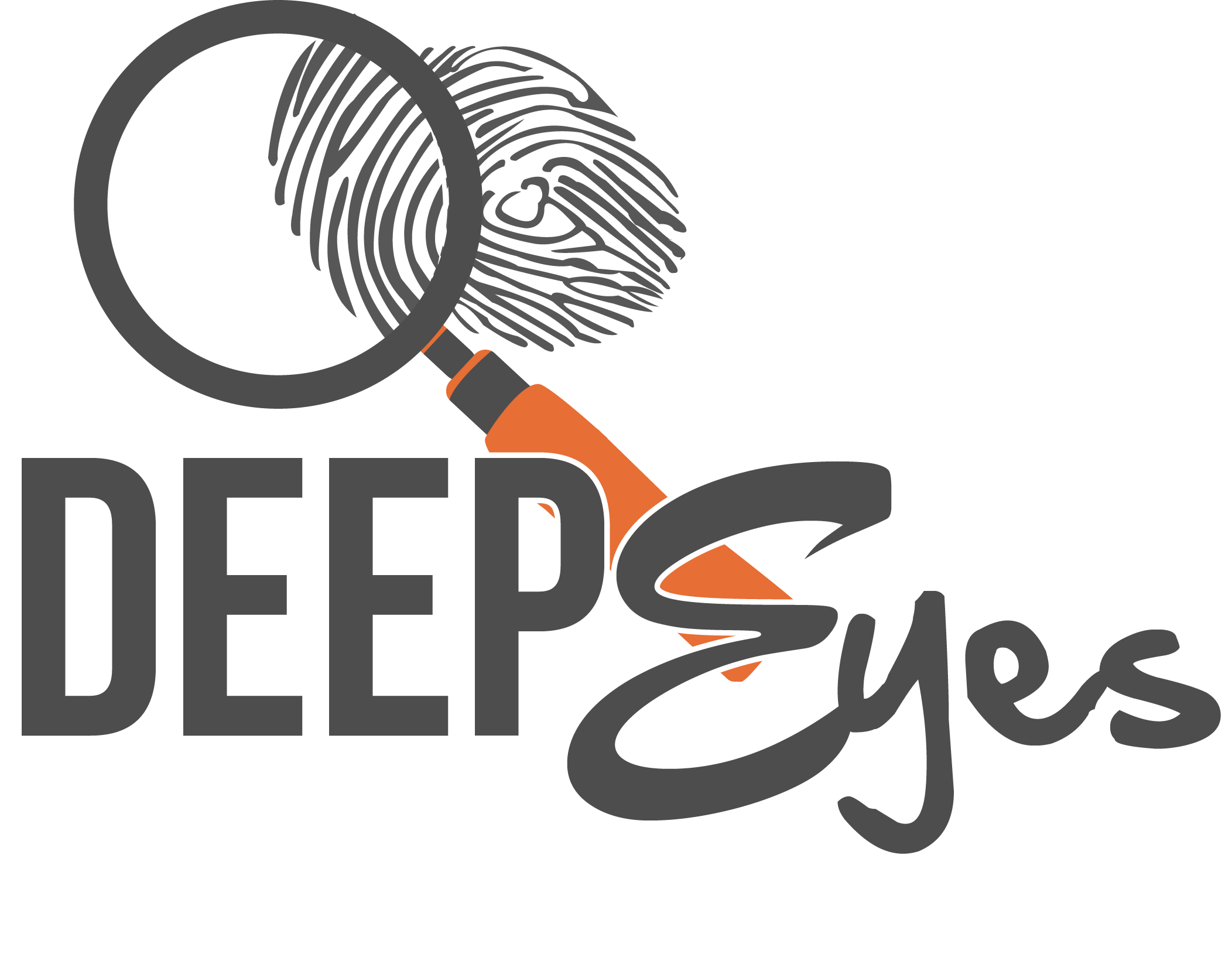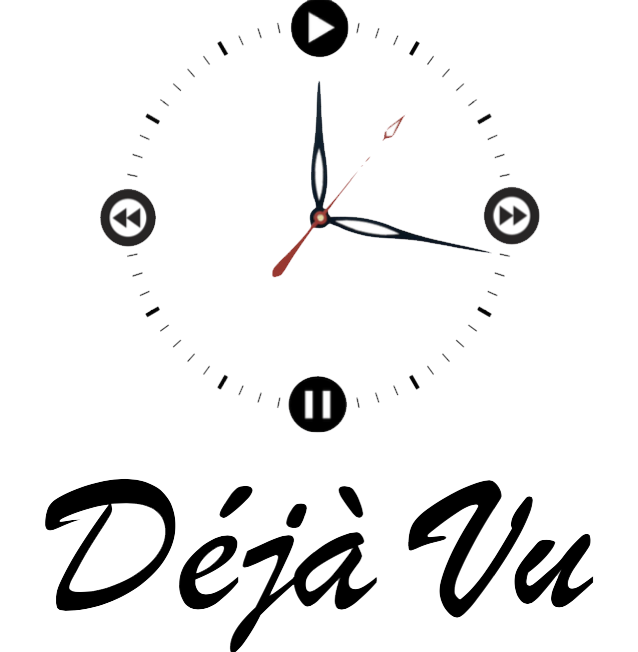Ongoing Research Projects |
|
|
|
DeepEyes |
Identity |
DejaVu |
Open Set |
Forgery Detection |
Digital Forensics |
Rewind |
|
|
|
|
In the following, you can find some of the research projects
with which I am involved as principal investigator. Due to
non-disclosure agreement clauses of private-funded projects, only projects that are publicly funded are listed herein.
If you are interested in any kind
of collaboration within the scope of these projects, please send me an e-mail.
|
| | | |
Current Grants |
|
|
|
|
DEEPEYES: Visual Computing and Machine Intelligence
Solutions for Digital Forensics and Electronic Surveillance

|
Coordinators Involved
- Prof. Anderson de Rezende Rocha
(Principal investigator, University of Campinas)
- Prof. William Robson Schwartz
(Associate investigador, Federal University of Minas Gerais)
|
|
Funding: Coordination for the Improvement of Higher Education Personnel (CAPES)
Period: 2014-2019
Abstract
Criminal activities vary in scope and complexity but they exist in virtually all sectors of our society.
In this project, we aim at solving the three most important questions in Forensic Sciences: ``who'', ``in
what circumstances'' and ``how''. More specifically, we focus on solving a series of problems including,
but not limited to: forgery detection in images and videos; source attribution for cameras and printers;
remote sensing image analysis; complex data analysis and inference; human identification techniques;
licence place recognition; and video analysis. The research is in partnership with the Brazilian
Federal Police.
|
|
|
|
Up |
IDENTITY: Computer Vision Enabled Multimedia Forensics and People Identification
|
|
Coordinators Involved
- Prof. Chang-Tsun Li
(Principal Investigator, University of Warwick, UK)
- Prof. Anderson de Rezende Rocha
(Brazilian Coordinator, University of Campinas)
|
|
Funding: European Union - Horizon 2020 Program (H2020)
Period: 2014-2019
Abstract
This proposal also aims at consolidating the integration of multimedia forensics into the forensic science. Multimedia forensics is concerned with the development of scientific methods to extract, analyse and categorise digital evidence derived from multimedia sources, such as imaging devices. For example, developing technologies to identify, categorise and classify the source of images and video, as well as to authenticate and verify the integrity of their content. Since the enabling technologies in multimedia forensics are similar to those used for identification and verification purposes in biometric forensics, the integration of these areas is seamless. The proposed project will then support the integration of knowledge and expertise from the forensics, biometrics and multimedia forensics communities. To this end, the proposal will involve not only scientific partners, but also industrial partners and senior police forensic investigators (as advisors), which will be key to facilitate the dissemination of technologies and knowledge in practical scenarios, for example through the development of commercial products and use cases.
|
|
|
|
Up |
|
DÉJAVÙ: Social Media Forensics for Interpreting Criminal Events

|
Coordinators Involved
- Prof. Anderson de Rezende Rocha
(Principal investigator, University of Campinas)
- Prof. Kevin Bowyer
(Host, University of Notre Dame, US)
- Prof. Alex Kot
(Host, Nanyang Technological University, Singapore)
|
|
Funding: São Paulo Research Foundation (FAPESP), Sabbatical
Period: 2016-2017
Abstract
With demanding and sophisticated crimes and terrorist threats becoming ever more pervasive, it is paramount to design and develop objective approaches to help us solving the four most important questions in forensics regarding an event: ``who'', ``in what circumstances'', ``why'', and ``how''.
Although aided by surveillance cameras when answering such questions, we often face situations in which cameras are not installed or are insufficient to cover the event.
Leveraging on the rise of social media content recent explosion and wide spread, we could rely on this new channel with orders of magnitude increase in the volume of content available for event understanding and reconstruction. The aim is to complement the content from existing, if any, surveillance cameras at the event location. We could potentially provide a much clearer ``bird's eye view'' of an event, along with reconstructed scenes from various perspectives of people or objects present as well as mine information related to the event pouring from social media.
In this context, given an event to be investigated, our objective is to gather social media information related in position and time to such event and mine the collected information to understand what happened, reconstruct the event's timeline, narrow down the space-search of suspects and come up with possible answers to the four aforementioned forensics questions.
|
|
|
|
Up |
|
Open set Human Activity Recognition and Assessment
|
|
Coordinators Involved
- Prof. Anderson de Rezende Rocha
(Principal investigator, University of Campinas)
- Prof. Thomas Plotz
(Visitor, School of Computing Science, Newcastle University, UK)
- Dr. Fernanda Andaló
(Partner, University of Campinas)
|
|
Funding: São Paulo Research Foundation (FAPESP), International Visiting Scholar Program
Period: 2016-2016
Abstract
Activity recognition models and many other machine learning-based recognition methods often consider
the knowledge of all classes during training. For instance, considering an exercise monitoring
application, we could train our model to detect if a person is walking or jogging.
In a real scenario, a person would perform several other activities, such as jumping, doing
push-ups, and resting. A closed-set method would have to classify these other activities as
one of the predefined ones, which is not desirable. Our goal in this visiting research project is
to extend current activity recognition models to the open set scenario, where incomplete
knowledge of the world is present at training, and unknown classes can be submitted to the
method during testing. In this case, an activity that was not present at training has to be
classified as unknown, and preferably similar unknown activities can be detected to be further
classified as a common activity.
|
|
|
|
Up |
Machine Intelligence and Visual Computing Strategies for Digital Forensics
|
|
Coordinator Involved
- Prof. Anderson de Rezende Rocha
(Principal investigator, University of Campinas)
|
|
Funding: National Counsel of Technological and Scientific Development (CNPq)
Period: 2013-2016
Abstract
In this project, we aim at designing and developing feature extraction, machine learning and evidence fusion
techniques for problems in digital forensics such as forgery detection, sensor attribution and electronic
surveillance. We target problems in the stages of evidence collection, classification, organization,
analysis and presentation in court.
|
|
|
|
Up |
Concluded Grants |
|
|
|
|
Digital forensics: collection, organization, classification and analysis of digital evidences
|
|
Coordinators Involved
- Prof. Anderson de Rezende Rocha
(Principal investigator, University of Campinas)
|
|
Funding: São Paulo Research Foundation (FAPESP)
Period: 2010-2014
Abstract
Digital documents (e.g., images, videos) are everywhere -- from our cell phones to the pages of our online
news sites. How we choose to use digital document processing tools raises a surprising host of legal and
ethical questions that we must address. Is tampering with an image appropriate in cases where the image
might affect public behavior? Does an image represent a crime, or is it simply a representation of a
scene that has never existed? Before police action can even be taken on the basis of a questionable
document, we must detect something about the document itself. Investigators from a diverse set of fields
require the best possible tools to tackle the challenges presented by the malicious use of today's
digital document processing techniques. In this research project, we endeavor to investigate possible
solutions to Digital Forensics problems regarding the collection, organization, classification and
analysis of digital evidences. With respect to the collection and organization, we look for approaches
to reduce the misuse of possible important evidences. Regarding the classification, we strive for
finding digital evidences categorization solutions in order to reduce the required technical efforts
when analyzing each evidence. Finally, concerning the analysis, we aim to investigate the source of
the evidence as well as whether or not it is authentic. In source device identification, we seek to
identify the particular model of a capturing device (e.g., scanner, camera, printer), or the exact
device, that produced a document. In forgery detection, we seek to establish the authenticity of a
document or to expose any potential tampering the document might has undergone.
|
|
|
|
Up |
REWIND: Reverse Engineering of Audio-Visual Content Data
|
|
Coordinators Involved
- Prof. Stefano Tubaro
(Principal Investigator, Politécnico di Milano, Italy)
- Prof. Anderson de Rezende Rocha
(Brazilian Coordinator, University of Campinas)
|
|
Funding: European Union - 7th Framework Program (FP7)
Period: 2012-2014
Abstract
With the rapid proliferation of inexpensive acquisition and storage devices, multimedia objects can
be easily created, stored, transmitted, modified and tampered with by anyone. During its lifetime, a
digital object might go through several processing stages, including multiple analog-to-digital (A/D)
and digital-to-analog (D/A) conversions, coding and decoding, transmission, editing (either aimed at
enhancing the quality, creating new content, mixing pre-existing material, or tampering with
the content). The REWIND (REVerse engineering of audio- VIsual coNtent Data) project is aimed at
synergistically combining principles of signal processing, computer vision, machine learning and
information theory to answer relevant questions on the past history of such objects. The REWIND
proposal starts with the fact that each of these processing steps necessarily leaves a characteristic
footprint, which potentially can be detected and analyzed to trace back the past history of the available
multimedia object in a blind fashion, i.e., without having access to the original content.
In this context, REWIND intends to develop an elegant and comprehensive theory and innovative
methodologies that will completely reverse this perspective. Footprints will here be considered as an
asset, in that they are a source of additional information on the history of the multimedia object,
and will be leveraged to reconstruct the processing chain applied to the digital object
(e.g., audio, video, image). Only recently have there been the first attempts to go beyond basic
object analysis and to effectively retrieve an object history of modifications and to point out its
structure of evolution. In this research, we aim at tackling and formally defining the problem of
identifying object relationships within a set of more general objects, what we call Multimedia Phylogeny.
This research has several immediate applications such as in security and law-enforcement, forensics,
copyright enforcement, and news tracking services.
|
|
|
|
Up |
|

